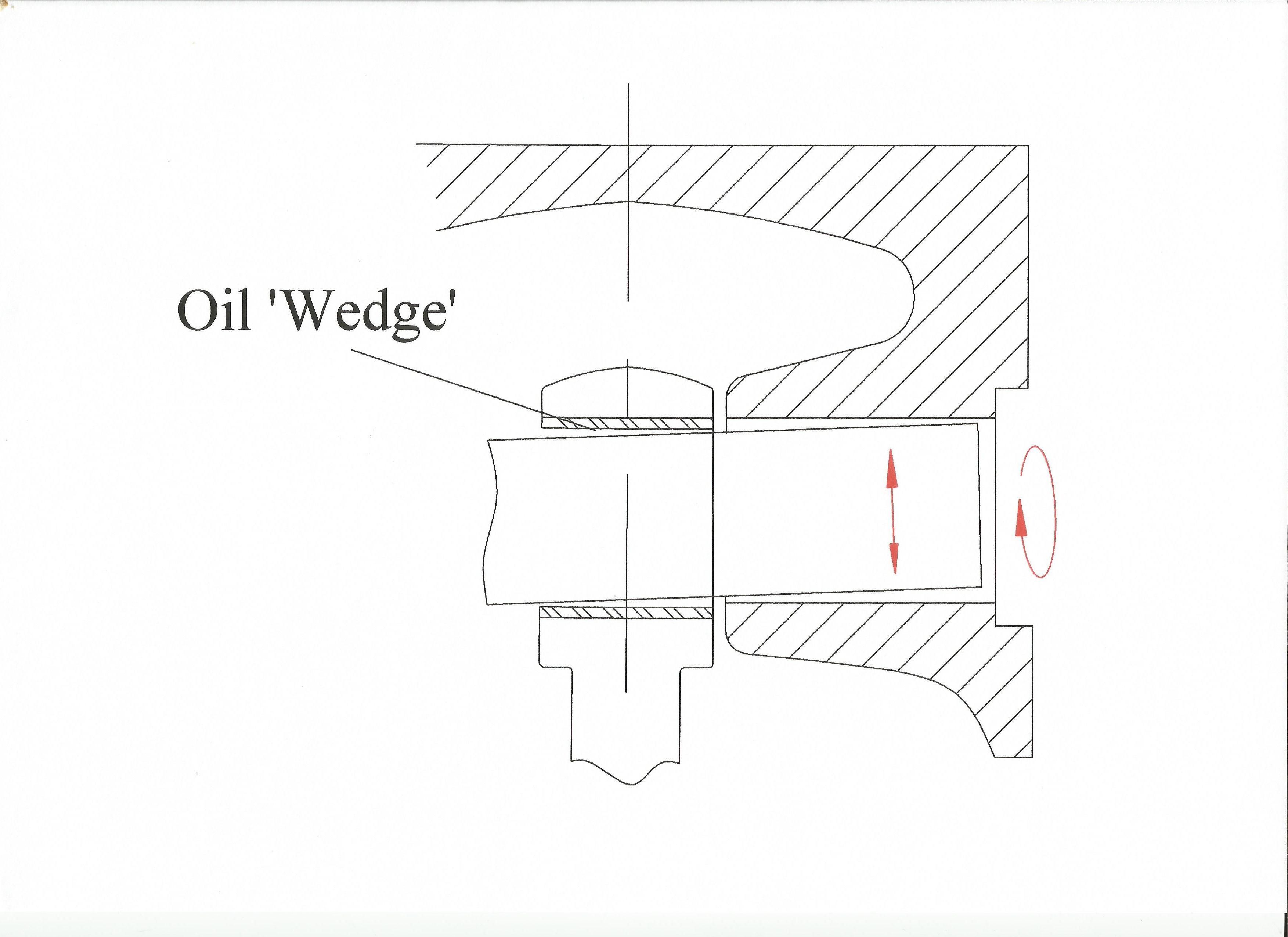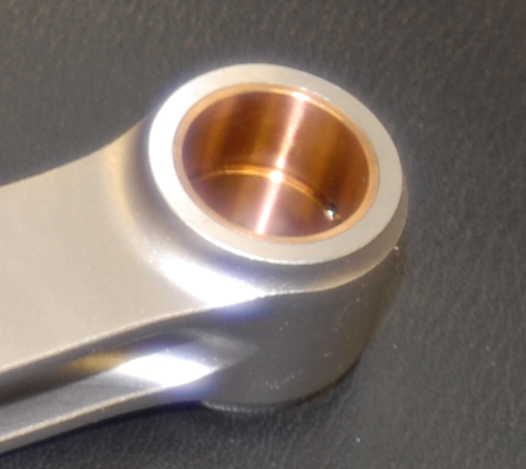The small-end bearing
As critical as it is to the reliable running of any internal combustion engine, the operation of the small- or little-end bearing and its associated gudgeon (or, as often referred to nowadays, the piston pin) is still a bit of mystery. So if at the other end of the con rod, the big-end bearing has been subject to much analysis to aid understanding, the smaller end would seem by comparison to be still shrouded in folklore. And the reason for this to me is very simple: if it ain’t broke then don’t fix it. But as time goes on and engine performance is increased year on year, in the search for better durability the small end is coming in for increasing attention.
When it comes to the fundamental design there are two types of small-end bearing – the fully floating design, where the piston pins are free to rotate in both the piston and the con rod, and the fixed variety, sometimes referred to as pressed pins, where the pin is an interference fit in the rod. From time immemorial the fully floating variety would seem to have been the favoured one, but the method of retaining the pin and prevent it from ‘floating’ into the cylinder wall using little circlips or bent pieces of wire can cause many problems if not properly developed for high-speed running.
Favoured when engines are repeatedly dismantled and re-assembled, as in the case of race engines, floating piston pin designs are now considered to be superior to fixed pins in terms of lubrication, resistance to scuffing and noise generation. The pressed pin version, however, which historically has more often been favoured by volume engine manufacturers – and despite its name – is rarely pressed into place. Instead, manufacturers prefer to heat the rods in an oven, and the expanded pin hole contracts upon cooling, gripping the pin tightly. Assembled in this way the interference fit can be as much as 0.001 in, with 0.0015 in recommended for race engines. Problems often crop up start during disassembly though, when pressing the pin out when cold can broach either the surfaces of the pin or the little-end bore.
For the fully floating designs, early bearing materials are most likely to have been babbit (a mixture of lead and tin) but for the higher loads and after the phasing out of lead in manufacturing, modern materials tend to be bronze-based. In some cases these might be steel bushes faced with the bronze and pressed into the rod small end, but often this might just be the internal bore of the small end plated with the bronze itself. In some cases, engines may run with steel on steel when the piston pin runs directly in the unplated surface of the steel rod. More important though is to ensure that, whether pressed or fully floating, the little-end bearing gets plenty of lubrication – not only to ensure a minimum oil film thickness but also to cool one of the most hostile regions in the engine
Since the small-end bearing is not pressure-fed with oil, the lubrication of this bearing arrangement is a complex phenomenon. It’s a combination of two actions, the first of these being that of the squeeze effect due to the pin moving up and down relative to the rod and piston bores during the reciprocating cycle. Here the downward motion of the piston relative to the bearing and the oil supports the major part of the load. At the same time, the expanding gap underneath ‘sucks’ in the oil. When the relative motion reverses, the lower oil film comes into play, sucking in the oil in the top gap and so the oil flow to cool the area is maintained.
The other action is the rotation of the piston pin due to the inevitable friction in the bearing. This creates a second ‘wedge’ effect, reinforcing the squeezing effect of the up-and-down motion of the piston. Depending on the clearance in the bearings, the type of engine, the masses of the components and the speeds involved – and a host of other parameters – analysis of the small-end bearing is therefore highly complex.
It may be small and, being buried deep inside the piston, often difficult to get at, but in the search for higher engine outputs, understanding what goes on here is becoming more and more important.
 Fig. 1 - The ‘squeeze’ effect
Fig. 1 - The ‘squeeze’ effect

Fig. 2 - Small-end bearing
Written by John Coxon